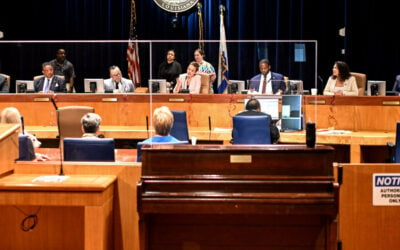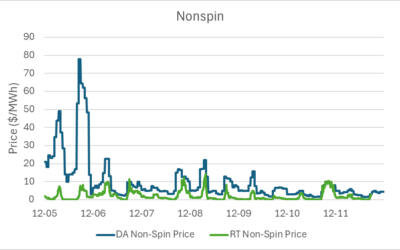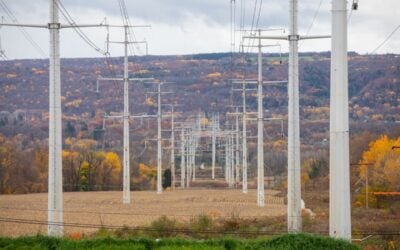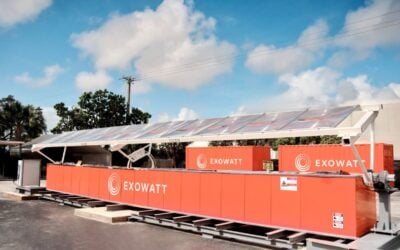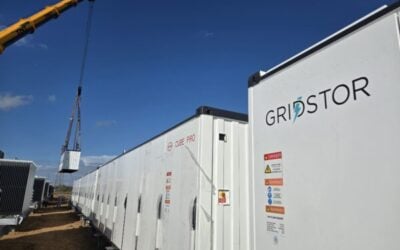
Green Mountain Power, a utility company in Vermont, has begun using Tesla Powerwall energy storage systems in customers’ homes as a frequency regulation resource to benefit the regional grid.
The company, which serves about 266,000 customers in the northeastern US state, was actually the first utility in the country to sell Tesla’s Powerwall residential systems after they were launched in 2015. As part of that offering, Green Mountain Power offered the chance to get a Powerwall at a discounted price or through a no-money-down subscription option if the ratepayer agreed to let the utility use some of the energy stored in the device to cut its peak demand.
In 2017, Tesla and Green Mountain Power rolled out a programme in partnership that would expand the virtual power plant (VPP) i.e. aggregated, capabilities of customers’ energy storage, offering Powerwalls for US$15 per month or US$1,500 upfront for 10 years. The programme partners would then use the batteries to provide grid services including dynamic capacity provision and for trading electricity in wholesale markets.
Last week, Green Mountain Power said customers that already have two Powerwalls installed through those previous schemes would be eligible to join its new pilot programme, through which aggregated storage systems will provide frequency regulation services to help maintain the reliability of the ISO New England grid. The utility said 200 customers have already enrolled.
Try Premium for just $1
- Full premium access for the first month at only $1
- Converts to an annual rate after 30 days unless cancelled
- Cancel anytime during the trial period
Premium Benefits
- Expert industry analysis and interviews
- Digital access to PV Tech Power journal
- Exclusive event discounts
Or get the full Premium subscription right away
Or continue reading this article for free
In exchange for US$13.50 per month back on their energy bills, plus some of the income from frequency regulation market participation paid by ISO New England, customers allow GMP to use their batteries. This can include rapid charging and discharging for periods of each month, but the utility said it will ensure customers have backup power available to them in case of forecasted extreme weather events that could affect their supply.
GMP was able to enter the frequency regulation market after a three month period of testing with the ISO and is doing so in partnership with Tesla, as well as with Customized Energy Solutions, a software company which GMP said provided key integrations between Tesla’s Powerwall hardware and Autobidder market optimisation and trading software and the grid operator’s network.
The scheme allows GMP’s existing network of Powerwall owners and subscribers to benefit from a further revenue stream while offering benefit and value to the utility and ISO New England. GMP said it plans to expand the pilot programme if successful.
Tesla’s Powerwalls — and energy storage systems from numerous other providers including rival Sonnen — have been used in frequency regulation applications before. In South Australia, a virtual power plant pilot was found to have earned significant income from just a handful of frequency correcting events in its first six months of operation. In early 2020 Tesla was seen showcasing the South Australia project at a trade event in Tokyo, Japan, with Japan expected to become more receptive to the concept as the country targets carbon emissions reduction to zero by 2050 and pursues a deregulated electricity market.
Incidentally, Swell Energy, a VPP project developer which uses Tesla Powerwalls as well as equipment from other manufacturers, recently expanded a programme with California utility Southern California Edison (SCE) to offer customers a second Powerwall device at discounted cost in return for allowing the battery systems’ participation as utility capacity services resources. Swell Energy CEO Suleman Khan said that customers conscious of the need to back up more than just their lights and a couple of other critcial loads are seeing the value in installing multiple battery units. The Powerwall’s latest incarnation, Powerwall 2, comes with 7kW rated output for peak charge and discharge and 13.5kWh capacity.

